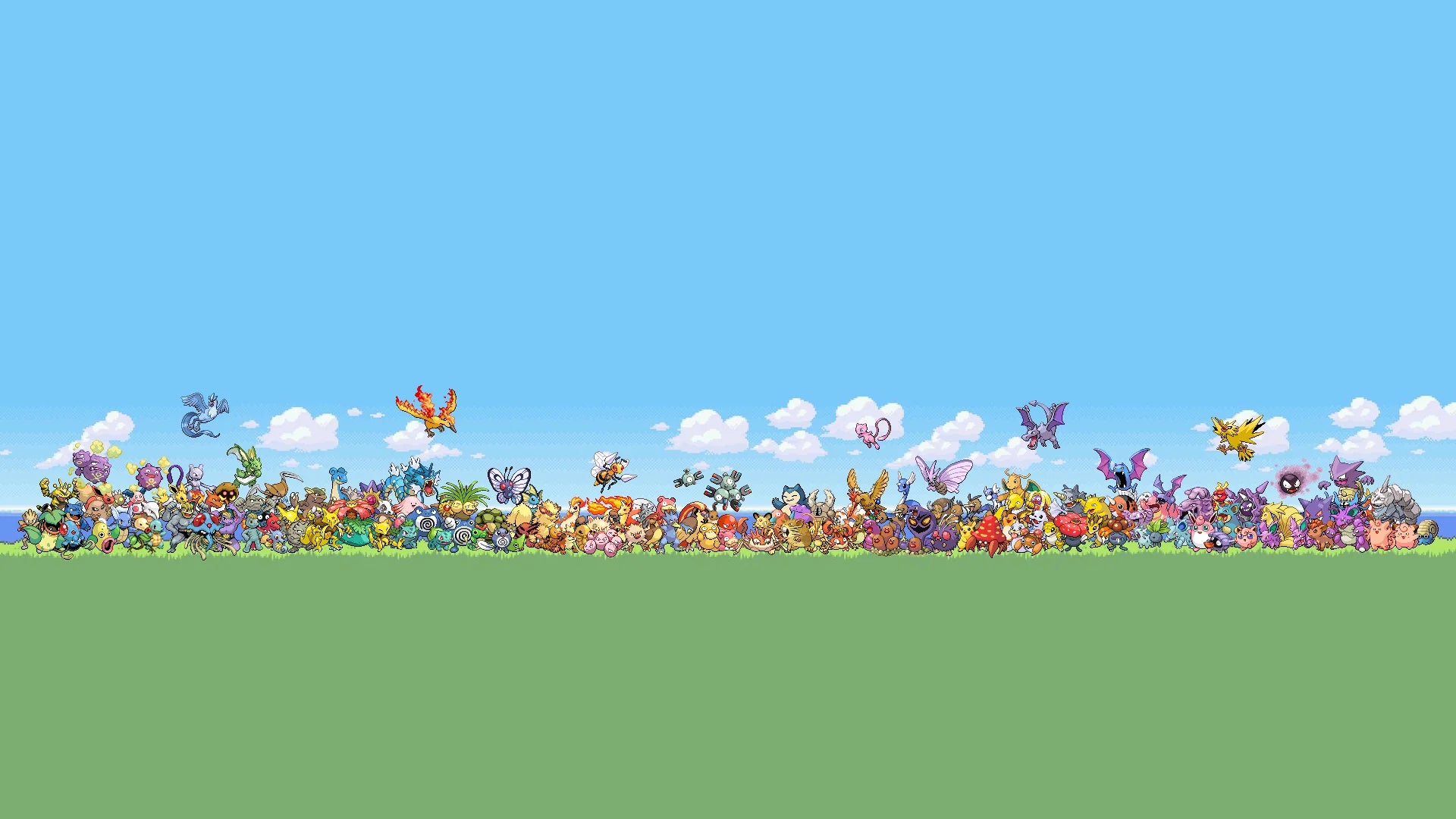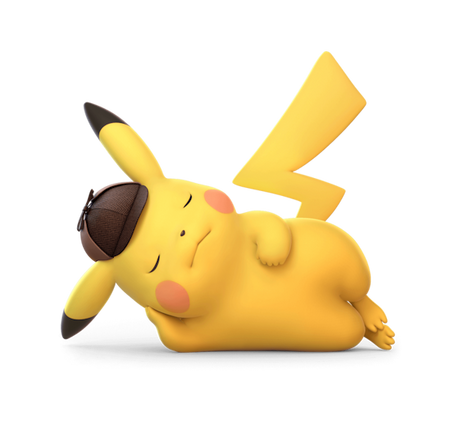If you have been collecting Pokémon cards for a while or are just starting out, this is something you can't ignore: fake cards. They sometimes look surprisingly real, but they can really ruin your collection. I have been collecting cards for over 15 years and believe me, I have had enough in my hands. In this article I will teach you exactly what to look for to recognize fakes. So that you can continue to build your collection with peace of mind.
Color and print quality: your first checkpoint
As you know, official Pokémon cards have a recognizable style: bright colors, sharp lines, neat details. Counterfeits often miss that. Look closely at:
- Too dull or unnaturally bright colours
- Blurry or grainy images
- Gloss or holo that looks different than you are used to
What I always do? Put the card next to an official one. Do you see a difference in color, sharpness or finish? There is a big chance that you are dealing with a fake.
The back often reveals everything
The back is perhaps the easiest to check. Real cards have a fixed blue tone, logo and structure. Fake cards are often just off. Think of:
- Different shades of blue
- A slightly distorted or blurry Pokémon logo
- Irregular borders or margins
However, the difference can be subtle, which is why I always check the back as standard – it's one of the quickest checks you can do.
Material and feel: Real cards feel 'right'
An official Pokémon card feels firm but flexible. Fake cards are often too thick, too thin or have a strange structure. You feel that quickly enough.
There are two tests I sometimes use:
- Bending test : A real card can be bent slightly without breaking. Fake cards break more easily.
- Light test : Hold the card up to a bright light. Do you see a lot of light through it? Then you probably lack the black ink core of real cards.
Please note: if you are unsure, do not just fold cards. Ask someone with experience first or buy your cards from reliable shops such as RareCards.nl.
Errors in text and symbols
Also: look closely at the details. With counterfeits you often see mistakes. Think of:
- Spelling mistakes in card name or attacks
- Strange fonts
- Energy symbols that are too big or too small
- An incorrect card number or rarity symbol
I myself have rejected a card several times that seemed fine at first glance – until I read the attack text. One mistake and you know enough.
Pay attention to the price and the provider
A rare card for a bargain price? That’s usually too good to be true. And it is. I always recommend:
- Only purchase from trusted stores or sellers
- Looking at clear photos and descriptions
- Always check the card number and set name
At RareCards.nl we check all our cards one by one for authenticity. We have been doing this for years and we know exactly what to look for.
Finally: combining knowledge and feeling
Ultimately, it's all about experience. The more you see and hold cards, the better you'll learn to tell the difference. Trust your gut, but always check the facts.



